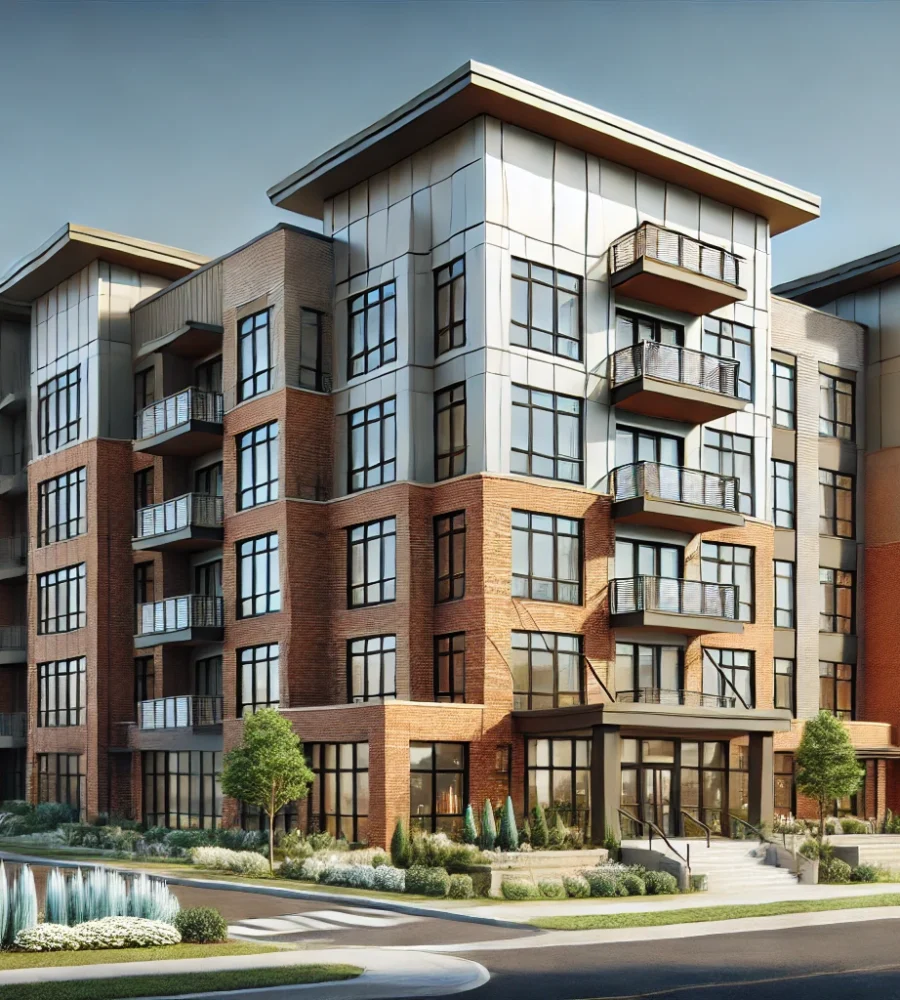A Smart Approach to Commercial Real Estate Success
Commercial real estate can be a game-changer when approached with insight, precision, and vision. At its core, success lies in making smart decisions that align with market trends, future growth, and investment goals.
We will do our very best to show you how strategic planning, informed risk assessment, and leveraging industry expertise can transform opportunities into tangible assets. Whether you’re an investor, a business owner, or a developer, adopting a proactive, data-driven approach can unlock the full potential of your ventures.
Let us help you navigate the complexities of the commercial real estate landscape with smart, tailored solutions for your unique needs.
Strategic Steps for Maximizing Returns
To maximize returns in commercial real estate, start by targeting high-demand sectors like industrial, multifamily, and medical offices, which thrive in shifting markets. Prioritize prime locations with strong job growth and infrastructure, avoiding stagnant areas for “cheap” deals. Value-add strategies—renovating outdated properties, rebranding assets, and optimizing leases—unlock higher rents and occupancy. Leverage low-interest debt to amplify buying power, then refinance post-upgrade to reinvest equity. Streamline operations with tech-driven management and cost-cutting measures to boost NOI. Exit strategically, selling when markets peak or cap rates compress, and redeploy capital via 1031 exchanges. Stay ahead with ESG initiatives and PropTech to attract tenants and future-proof assets. Mitigate risk by stress-testing investments and maintaining cash reserves. Finally, build a power network of local experts for off-market deals and insights. Success hinges on relentless execution, data-driven decisions, and agility—turning properties into high-yield engines of wealth.
Market Research and Investment Selection
Conduct Market Research: Analyze local trends, vacancy rates, and rental demand. Use tools like CoStar or LoopNet to identify high-potential areas.
Capital Raising and Investor Partnerships
Capital is raised through equity (selling ownership stakes), debt (loans/bonds), or hybrid models (e.g., convertible notes), while partnerships leverage investors’ financial resources, expertise, or networks. Investors gain returns via profit-sharing, equity, or interest, and businesses benefit from scalable funding, risk mitigation, and strategic guidance.
Value-Add Strategies and Property Management
Value-add strategies involve physical upgrades (renovations, amenity additions), rebranding, or repositioning to boost rents, occupancy, and market value. Property management ensures smooth operations, tenant satisfaction, and cost control via maintenance, lease optimization, and expense management. Together, they maximize cash flow and asset appreciation: value-add initiatives drive growth, while proactive management sustains performance.
Performance Monitoring and Timely Exits
Performance monitoring tracks key metrics (ROI, occupancy rates, cash flow, market trends) to ensure assets align with goals. Timely exits, however, require the courage to act on that data—selling before markets peak, cutting losses on underperformers, or reallocating capital to higher-yield opportunities. Together, they mitigate risk, lock in gains, and fuel agility in a dynamic market. Master this balance, and you’ll transform raw data into decisive action, turning portfolios into engines of sustainable growth.

Investing with Purpose and Precision
True success in commercial real estate isn’t just about what you own—it’s about why and how you own it.
Commercial real estate isn’t just about transactions—it’s about intentionality and impact. Purpose-driven investors target assets aligned with their values, whether it’s revitalizing communities, advancing sustainability (think LEED-certified buildings), or addressing housing shortages through multifamily developments. Precision means leveraging data-driven decisions: deep market analysis, demographic trends, and financial modeling to identify high-growth sectors like industrial, medical offices, or last-mile logistics. Combine this with value-add strategies (renovations, tech upgrades) to boost NOI and strategic exits timed to market peaks. Partner with ethical operators, prioritize ESG principles, and use tools like 1031 exchanges to scale while deferring taxes. By marrying purpose with precision, you don’t just build wealth—you shape cities, empower communities, and leave a legacy.
Our Focus Areas Include
Our focus areas include Multi-Family Properties, Senior Care Facilities, Storage Facilities, and Mobile Home Parks.
Senior Care Facilities
Investing in senior care facilities offers recession-resistant demand driven by an aging population and rising life expectancy, ensuring consistent occupancy. These facilities generate stable, long-term revenue through private pay, insurance reimbursements, or government programs (e.g., Medicare), with residents often staying for years. Operators can capitalize on value-add opportunities like modernizing amenities, expanding memory care units, or integrating telehealth services to boost profitability.
Multi-Family Investing
Investing in multi-family properties provides stable cash flow through diversified income streams from multiple tenants, minimizing vacancy risk. These assets benefit from economies of scale, as expenses (maintenance, utilities, management) are spread across units, lowering per-unit costs. High demand for affordable housing in growing markets ensures consistent occupancy, while property values often appreciate with population growth.
Mobile Home Park Investments
Investing in mobile home parks offers unique benefits, including stable cash flow from long-term tenants who face high relocation costs, ensuring low turnover. They provide affordable housing solutions, catering to a growing demand in a supply-constrained market.
Secure Storage Facilities
Investing in storage facilities offers steady cash flow with minimal tenant turnover, as demand for storage remains strong across economic cycles. These properties require low maintenance compared to residential or commercial rentals, as tenants handle their own belongings, reducing wear and tear.


